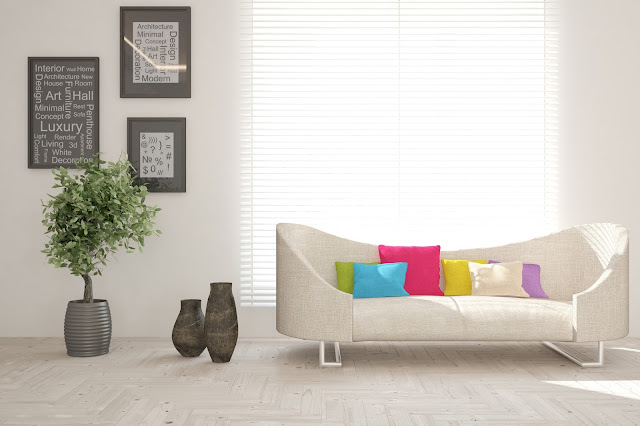Apart from the aesthetic appeal, each home must also have architectural design features that suit the lifestyles of people living there. There are a number of factors to consider when you build a home that needs to stand the test of time. The location, the environment, the go green elements, technology and future advancements need to be taken into account to create a design that will work – long term. The best designed homes are those that do not require rework or repairs or even upgrading very often.
Here are a few ideas to build homes that are suitable for today’s living and for long term:
Consider the location carefully
To begin with, selecting the right location is important. It’s important that you research the area and ensure that it is safe for construction. Avoid hazardous areas such as flood zone or near an equally hazardous site.
Orientation of the house to maximize the use of natural light
It’s important to consider the orientation of your house and check from where the natural light pours in. Maximizing direct sunlight brings in warmth during the winter months and keeps the rooms cozy. Well, bright sun rays help highlight the various aspects of your interiors too. Make sure that you place the windows and doors strategically to allow just enough natural light.
Water conservation needs to be built in
As the go green trend continues and seeps into every aspect of design and architecture too, building water conserving and energy efficient homes has become a popular trait of modern houses. Plumbing fixtures and toilet flushes with adjustable water consumption features are being installed. Energy efficient appliances are being used in most of newly constructed homes and many of them are even opting for solar heaters – especially for water.
‘Intelligent’ homes
With the advent of smart devices, more and more homes are designed to be inherently ‘intelligent’. Well, the home you design must have all the necessary elements to accommodate all the smart devices and electronic equipment that a modern family requires and uses on a day to day basis. This is the key to building a sustainable home so that individuals do not have to rework on any aspect of the house for a very long time.
Build to last – long term
Well, if the house you design needs constant repairing and rework, the design is not sustainable. The home you build should stand the test of time – especially in terms of design, strength and other relevant features. It needs to have a futuristic design. It’s a fact that trends change very often, but the trick is to take this fact into account and design for scalability.
Well, if you are looking for in architecture design firm to design your next project, browse through a thousand profiles on IDprop and select the one that suits your requirements!
Here are a few ideas to build homes that are suitable for today’s living and for long term:
Consider the location carefully
To begin with, selecting the right location is important. It’s important that you research the area and ensure that it is safe for construction. Avoid hazardous areas such as flood zone or near an equally hazardous site.
Orientation of the house to maximize the use of natural light
It’s important to consider the orientation of your house and check from where the natural light pours in. Maximizing direct sunlight brings in warmth during the winter months and keeps the rooms cozy. Well, bright sun rays help highlight the various aspects of your interiors too. Make sure that you place the windows and doors strategically to allow just enough natural light.
Water conservation needs to be built in
As the go green trend continues and seeps into every aspect of design and architecture too, building water conserving and energy efficient homes has become a popular trait of modern houses. Plumbing fixtures and toilet flushes with adjustable water consumption features are being installed. Energy efficient appliances are being used in most of newly constructed homes and many of them are even opting for solar heaters – especially for water.
‘Intelligent’ homes
With the advent of smart devices, more and more homes are designed to be inherently ‘intelligent’. Well, the home you design must have all the necessary elements to accommodate all the smart devices and electronic equipment that a modern family requires and uses on a day to day basis. This is the key to building a sustainable home so that individuals do not have to rework on any aspect of the house for a very long time.
Build to last – long term
Well, if the house you design needs constant repairing and rework, the design is not sustainable. The home you build should stand the test of time – especially in terms of design, strength and other relevant features. It needs to have a futuristic design. It’s a fact that trends change very often, but the trick is to take this fact into account and design for scalability.
Well, if you are looking for in architecture design firm to design your next project, browse through a thousand profiles on IDprop and select the one that suits your requirements!





